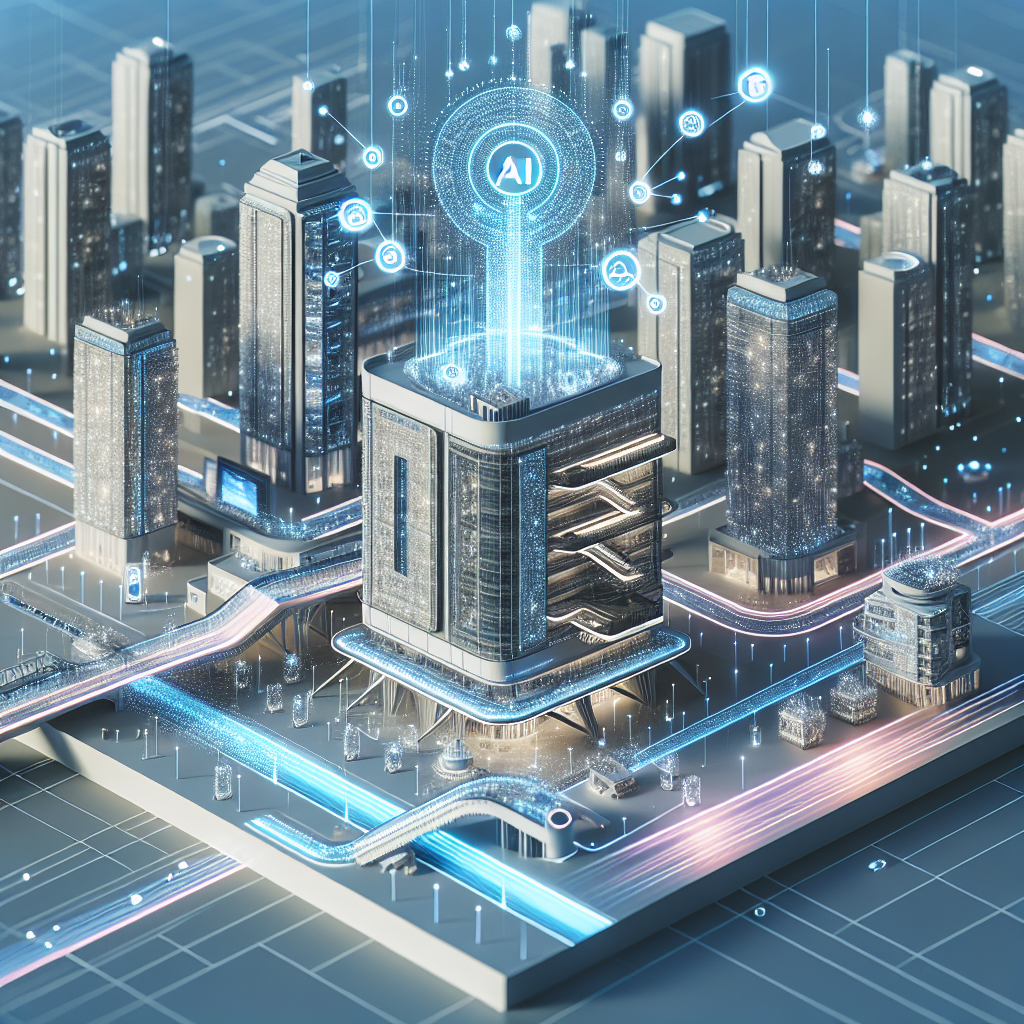Artificial Intelligence (AI) is revolutionizing many industries, and architecture is no exception. With the advancement of AI technology, architects are now able to enhance building accessibility in ways that were previously unimaginable. From designing more inclusive spaces to providing personalized experiences for individuals with disabilities, AI is transforming the way we think about architecture and accessibility.
One of the key ways in which AI is enhancing building accessibility is through the use of predictive modeling. By analyzing data on factors such as foot traffic patterns, mobility needs, and user preferences, AI can help architects design spaces that are more accessible to all individuals. For example, AI can help architects determine the best placement of ramps, elevators, and other accessibility features to ensure that individuals with mobility issues can easily navigate a building.
In addition to predictive modeling, AI is also being used to create virtual simulations of buildings to test their accessibility features. By using AI-powered simulations, architects can identify potential barriers to accessibility and make necessary adjustments before construction begins. This not only saves time and money, but also ensures that buildings are designed with accessibility in mind from the very beginning.
Another way in which AI is enhancing building accessibility is through the use of smart technology. By incorporating AI-powered sensors and devices into buildings, architects can create environments that adapt to the needs of individuals with disabilities in real time. For example, smart lighting systems can adjust brightness levels to accommodate individuals with visual impairments, while smart navigation systems can provide personalized directions for individuals with mobility issues.
Furthermore, AI is also being used to improve communication between individuals with disabilities and the built environment. For example, AI-powered speech recognition technology can help individuals with speech impairments interact with building systems, such as elevators and door locks, using voice commands. This not only enhances accessibility, but also empowers individuals with disabilities to navigate their environments independently.
Overall, AI is transforming the field of architecture by making buildings more accessible to all individuals. By leveraging the power of AI technology, architects can create inclusive spaces that cater to the diverse needs of their users. From predictive modeling to smart technology, AI is revolutionizing the way we think about accessibility in architecture.
FAQs:
Q: How is AI being used to enhance building accessibility?
A: AI is being used in various ways to enhance building accessibility, including predictive modeling, virtual simulations, smart technology, and communication systems. These AI-powered tools help architects design more inclusive spaces that cater to the diverse needs of individuals with disabilities.
Q: How can AI help architects design more accessible buildings?
A: AI can help architects design more accessible buildings by analyzing data on factors such as foot traffic patterns, mobility needs, and user preferences. By using predictive modeling and virtual simulations, architects can identify potential barriers to accessibility and make necessary adjustments before construction begins.
Q: What are some examples of AI-powered accessibility features in buildings?
A: Some examples of AI-powered accessibility features in buildings include smart lighting systems that adjust brightness levels for individuals with visual impairments, smart navigation systems that provide personalized directions for individuals with mobility issues, and speech recognition technology that enables individuals with speech impairments to interact with building systems using voice commands.
Q: How is AI empowering individuals with disabilities to navigate their environments independently?
A: AI is empowering individuals with disabilities to navigate their environments independently by improving communication between individuals and the built environment. AI-powered communication systems, such as speech recognition technology, enable individuals with disabilities to interact with building systems using voice commands, thereby enhancing their independence and autonomy.

